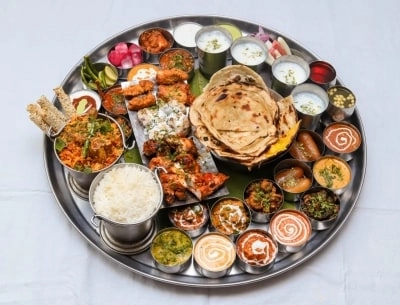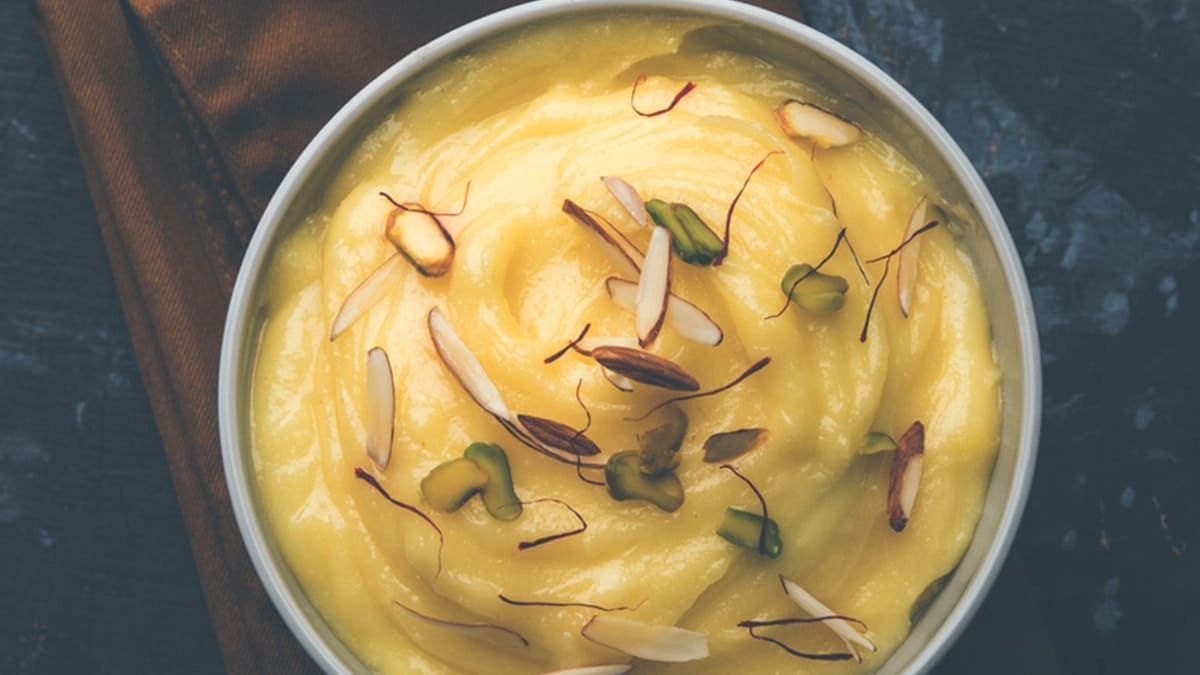Crafting a thali that is both light and hydrating while ensuring it remains nutritious is an art that involves thoughtful selection of ingredients and balance. A traditional thali typically consists of various dishes served on a platter, but the key to achieving a lighter version lies in the choice of components. Start with a base of whole grains, such as brown rice or quinoa, which provide a healthy source of carbohydrates and fiber without weighing you down. These grains are not only filling but also offer essential nutrients that support overall health.
For the vegetable component, opt for seasonal, hydrating vegetables like cucumber, zucchini, and leafy greens. These vegetables are rich in water content, which helps keep the body hydrated, especially in hotter climates. You can prepare them in a variety of ways—whether lightly sautéed, steamed, or served raw in a salad. Adding a splash of lemon juice or a sprinkle of chaat masala can enhance their flavors while keeping the dish refreshing. Moreover, including legumes like moong dal or chickpeas can add protein while still maintaining a light profile.
Incorporating a variety of colors and textures not only makes the thali visually appealing but also ensures a wider range of nutrients. Consider adding a small serving of raita made from yogurt and chopped vegetables; this not only aids digestion but also provides probiotics that are beneficial for gut health. To round out the meal, include a light soup or broth, which can further contribute to hydration and adds a comforting element to the thali.
Finally, finish off with a small serving of fresh fruit or a fruit-based dessert to satisfy your sweet tooth while keeping the meal light. Fruits like watermelon, oranges, or berries are excellent choices as they are hydrating and packed with vitamins. By carefully selecting each component of the thali, you can create a balanced meal that is not only pleasing to the palate but also aligns with your goals of maintaining a light, hydrating, and nutritious diet.




